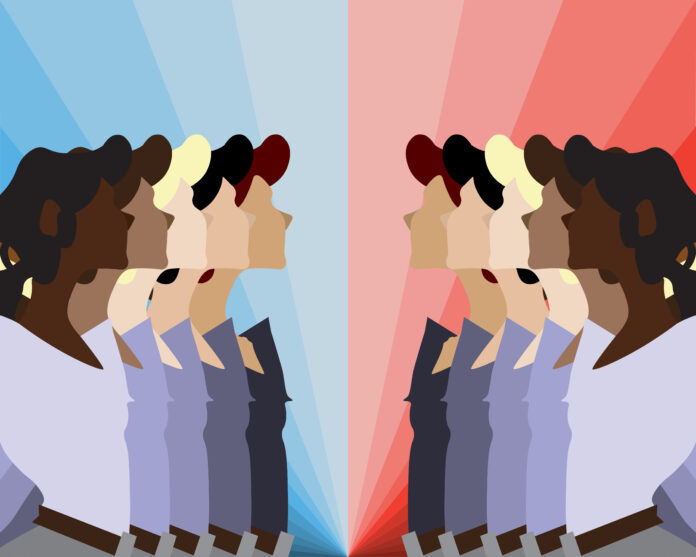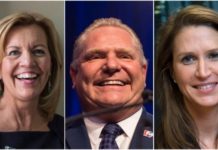This year’s federal election has more female candidates running than ever before. According to Equal Voice, an organization pushing for more female representation in parliament, 43 per cent of the candidates running in the 2021 election are women.
Women comprise just over half of Canada’s population, yet they are not represented proportionally in parliament. In the 2015 election, only 30 per cent of the candidates on the ballot were women. The 2019 election saw a significant increase to 42 per cent, and this year is slightly higher at 43 per cent.
“Even though it is not a huge leap from 2019, to see that little improvement that we’ve seen across the board with all of the parties, we’re pretty happy with that,” said Eleanor Fast, executive director of Equal Voice, in an interview with CBC News.
Three of the candidates in the Waterloo riding, including Karla Fajardo of the Green Party, Meghan Shannon of the Conservative Party, and incumbent Bardish Chagger of the Liberal Party, identify as women.
The New Democratic Party (NDP) takes the lead among the parties this year, with half of their candidates being female.
“I’m proud that over half of our team are women and more than a third of our candidates are Black, Indigenous, or people of colour,” said NDP leader Jagmeet Singh in a statement. “We also have more people running for us who are living with a disability or are from the SOGIE [Sexual Orientation, Gender Identity and Expression] community than we have ever had on our team.”
Liberal leader Justin Trudeau also emphasized the importance of diversity in his platform.
“We cannot do a good job of representing communities in Ottawa if we do not ourselves reflect the diversity we find at home. That is top of mind as we build our strong team in advance of this year’s election,” Trudeau said in a press release.
Unfortunately, having female representation on the ballot does not always translate into electing women. Despite 42 per cent of the candidates being female in 2019, only one-third of the elected members of parliament were women.
Canada lags behind many other countries in female government representation, ranking 55th globally for the number of elected women. This could be due to several factors, including a lack of support from their own parties.
“That’s always a big concern because it’s all very well being able to say a certain percentage of your candidates are women or gender-diverse people, but are you supporting them adequately and are they going to get elected on election night?” Fast said.
This year, the Conservative Party has the least number of female candidates at 33 per cent. However, Waterloo’s Conservative representative Meghan Shannon argued that this statistic may not be the most important thing to focus on.
“Representation matters, but values and actions matter more,” Shannon said in an interview with Imprint. “What Canadians should care about aren’t the numbers and figures of candidates from any given group that are running for a party, but how parties treat people from those groups within their party and across the country.”






























